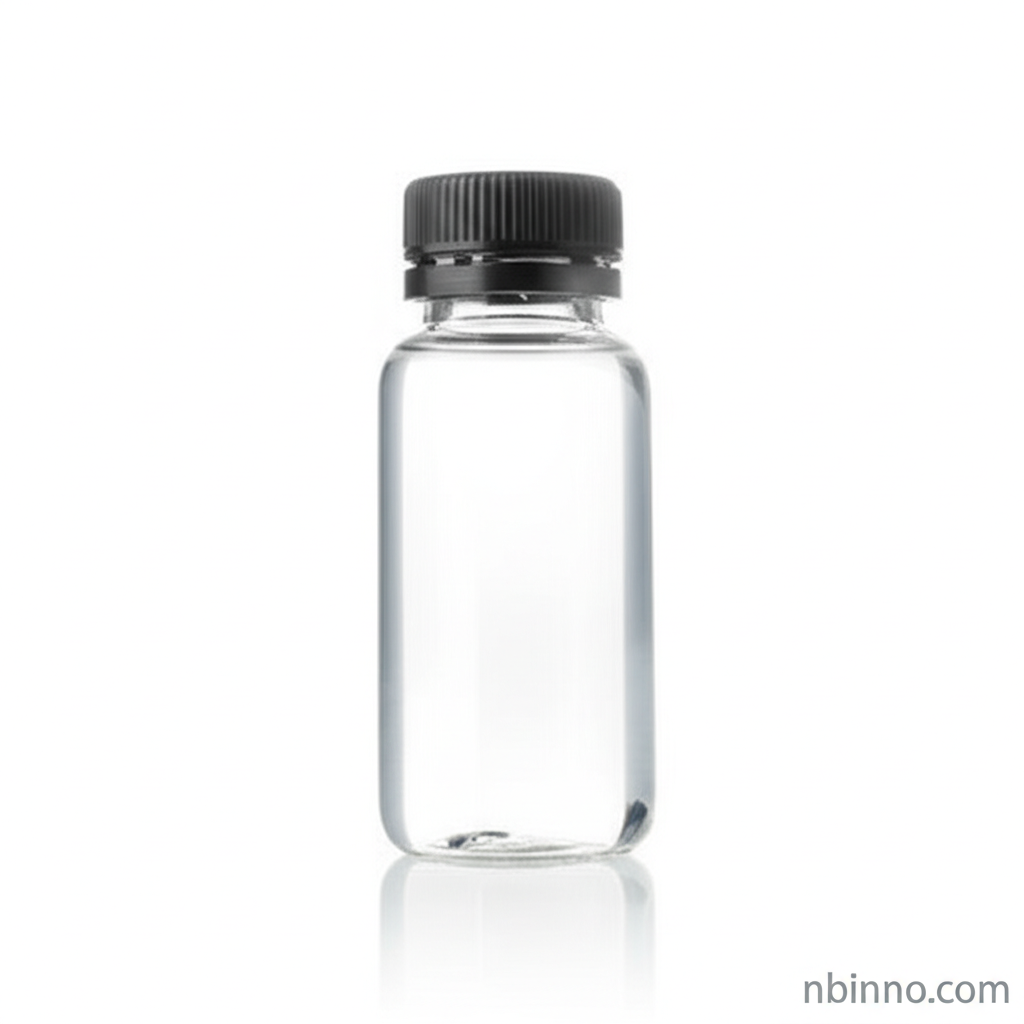2-(Vinyloxy)ethanol: A Versatile Monomer for Advanced Polymers and Organic Synthesis
Unlocking potential in polymer science and chemical synthesis with a unique dual-functionality compound.
Get a Quote & SampleProduct Core Value

2-(Vinyloxy)ethanol
This compound, also known as ethylene glycol monovinyl ether, is a colorless liquid with a C4H8O2 molecular formula. Its unique structure, featuring both a reactive vinyl ether group and a hydrophilic hydroxyl group, makes it a highly versatile chemical building block. It is instrumental in polymer synthesis, particularly for creating water-soluble polymers and in UV-curable systems. Its role as an organic intermediate is critical for the synthesis of complex molecules and novel materials. The compound's reactivity is a key focus in ongoing research, especially in controlled polymerization techniques and organocatalytic applications. Understanding the polymerization of 2-(vinyloxy)ethanol derivatives is crucial for developing advanced materials with tailored properties.
- Leverage the unique dual functionality of 2-(vinyloxy)ethanol for advanced polymer synthesis, particularly in creating water-soluble polymers.
- Explore its utility as a chemical intermediate in synthesizing complex organic molecules and novel functional polymers.
- Utilize its rapid polymerization capabilities, especially under UV light, for applications in coatings, adhesives, and inks.
- Investigate the use of 2-(vinyloxy)ethanol derivatives in organocatalytic reactions for enantioselective synthesis.
Key Advantages
Versatile Reactivity
The presence of both a vinyl ether and a hydroxyl group in 2-(vinyloxy)ethanol allows for a wide range of chemical transformations, making it an ideal building block for diverse applications.
Polymerization Capabilities
Its ability to undergo cationic polymerization, including living carbocationic polymerization, enables the synthesis of polymers with controlled molecular weight and narrow polydispersity.
Bio-based Monomer Potential
Derivatives like 2-(vinyloxy)ethyl soyate, synthesized from renewable resources, highlight the potential for creating sustainable polymers, aligning with green chemistry principles.
Key Applications
Polymer Synthesis
Used as a monomer or comonomer in the production of various polymers, contributing to materials with flexibility, adhesion, and moisture resistance.
Coatings and Inks
Its rapid polymerization under UV light makes it suitable for UV-curable coatings and inks, offering strong adhesion, chemical resistance, and durability.
Adhesives and Sealants
Acts as a cross-linking agent to improve flexibility, adhesion, and bonding strength on various surfaces.
Chemical Intermediate
Serves as a vital intermediate in organic synthesis for creating more complex chemical structures and functional polymers.
